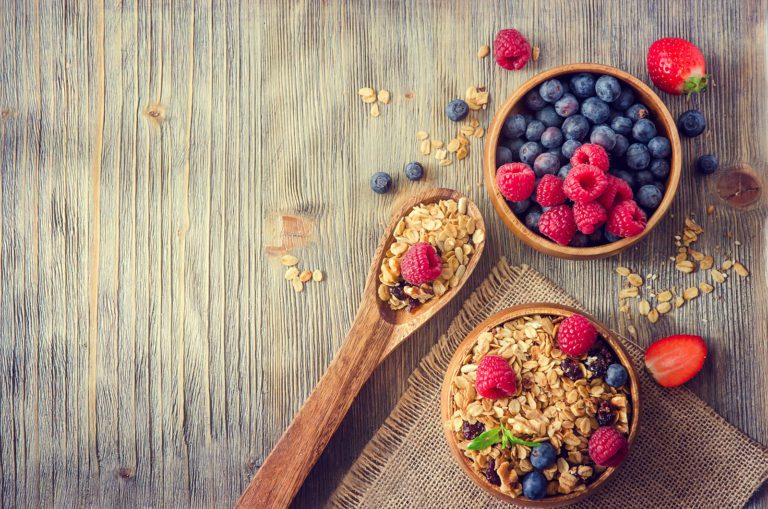Be Bold in Your Faith

We need to increase our willingness to prioritize our faith and time with God before anything else. Join me in putting God first before anything else this new year!



There’s No “One-Size-Fits-All” Nutrition Approach An athlete’s energy and nutrient needs depend individually on his or her age, body composition, goals, and training volume, and depends globally on the demands and intensity of the sport. Put simply, the greater the…